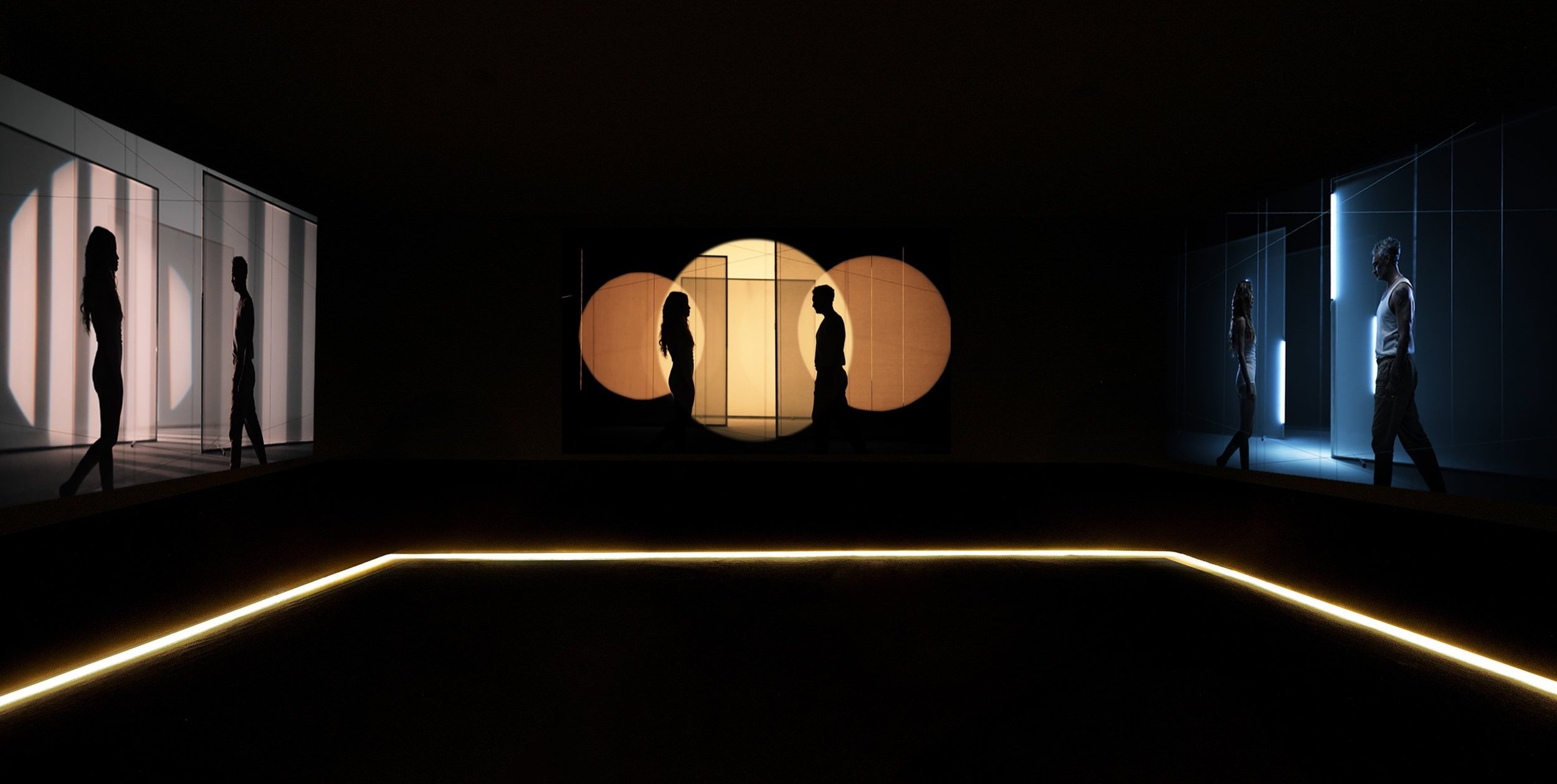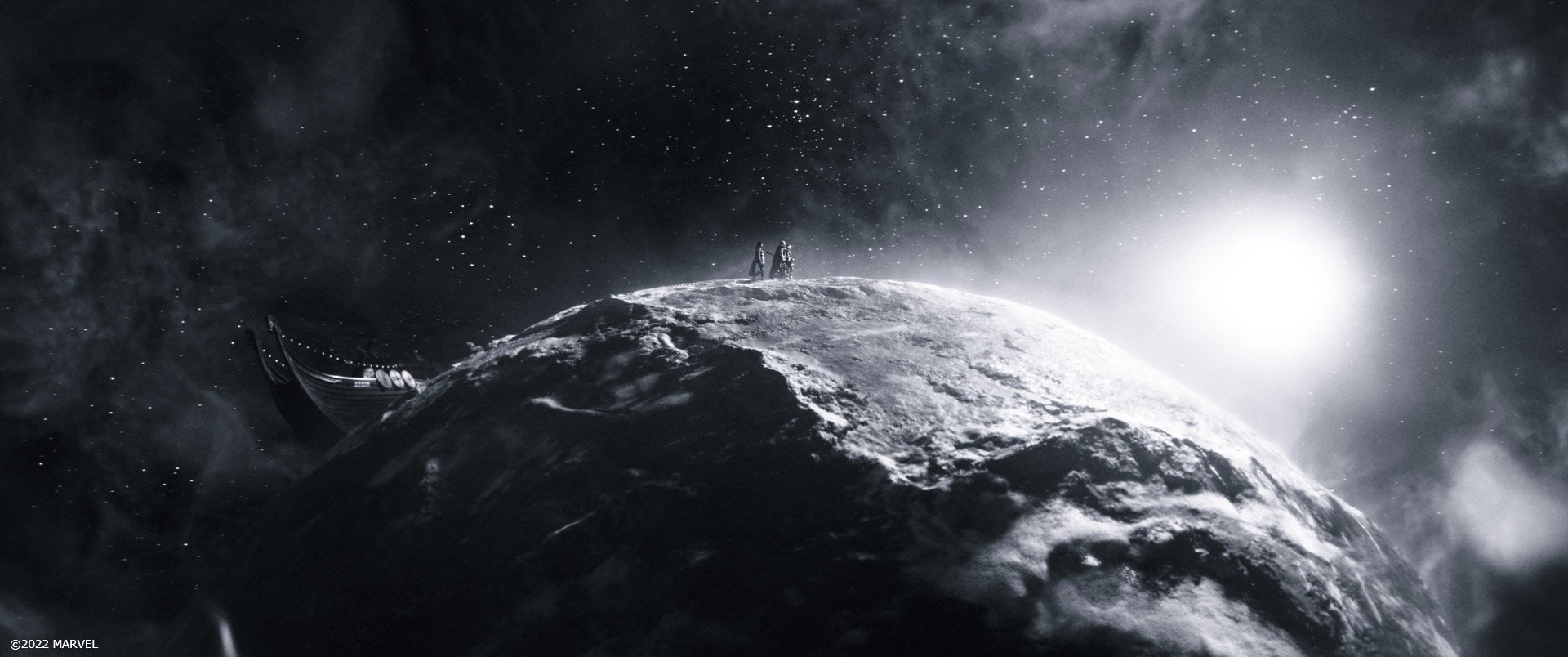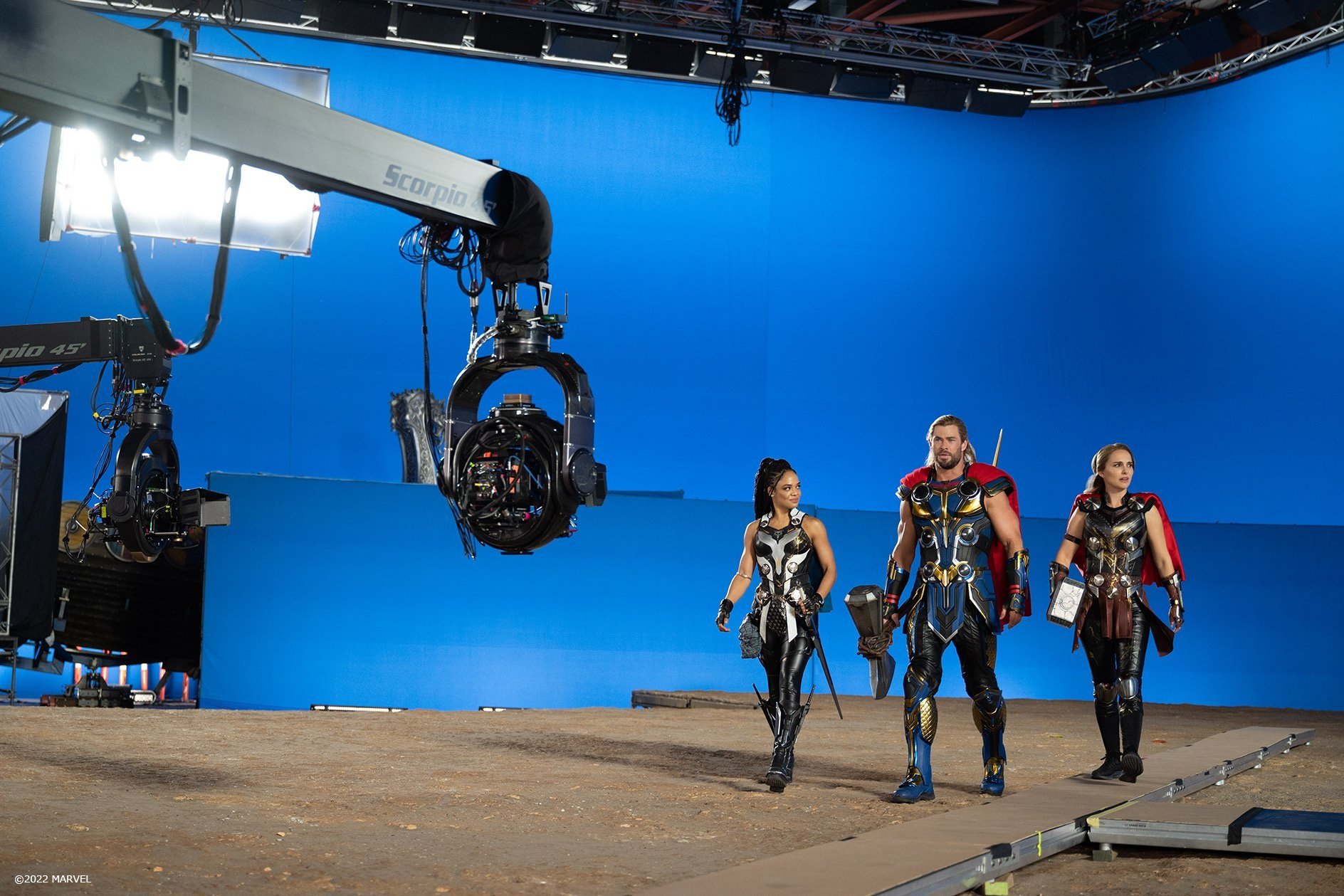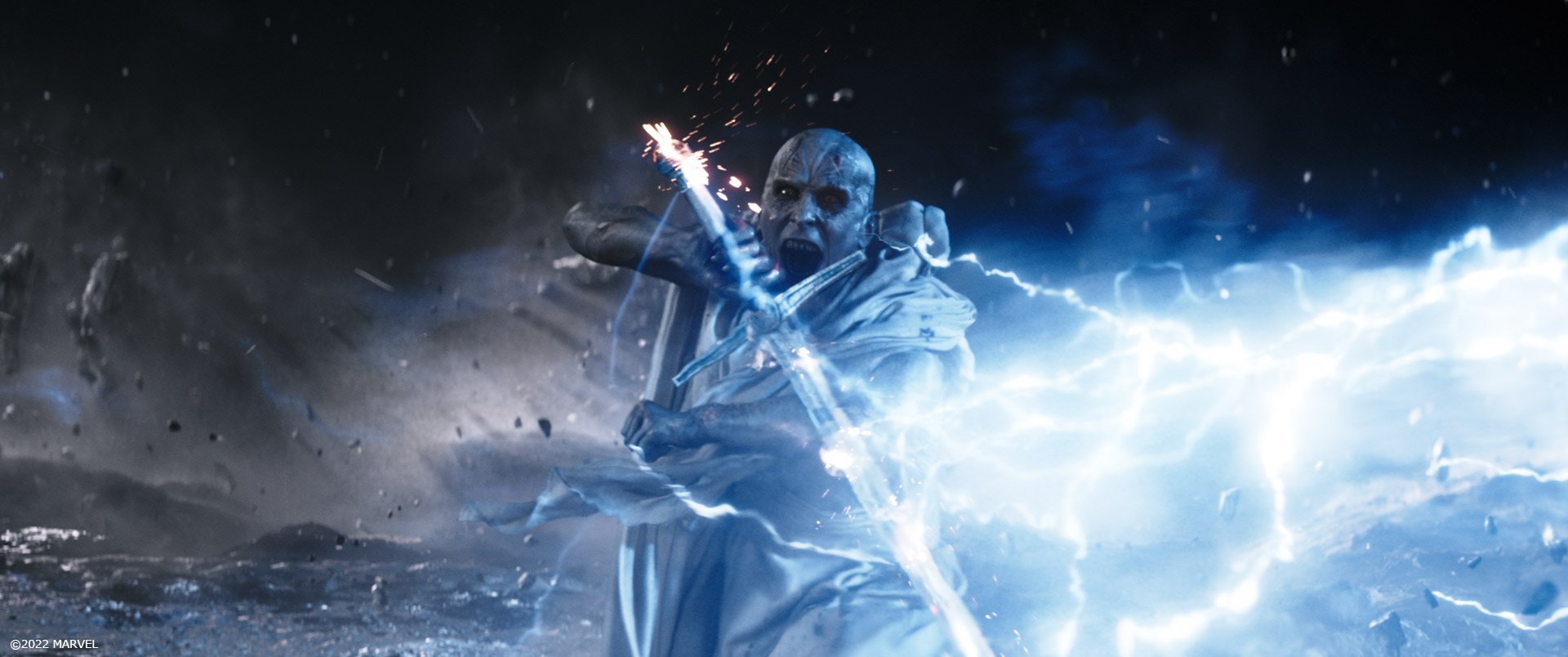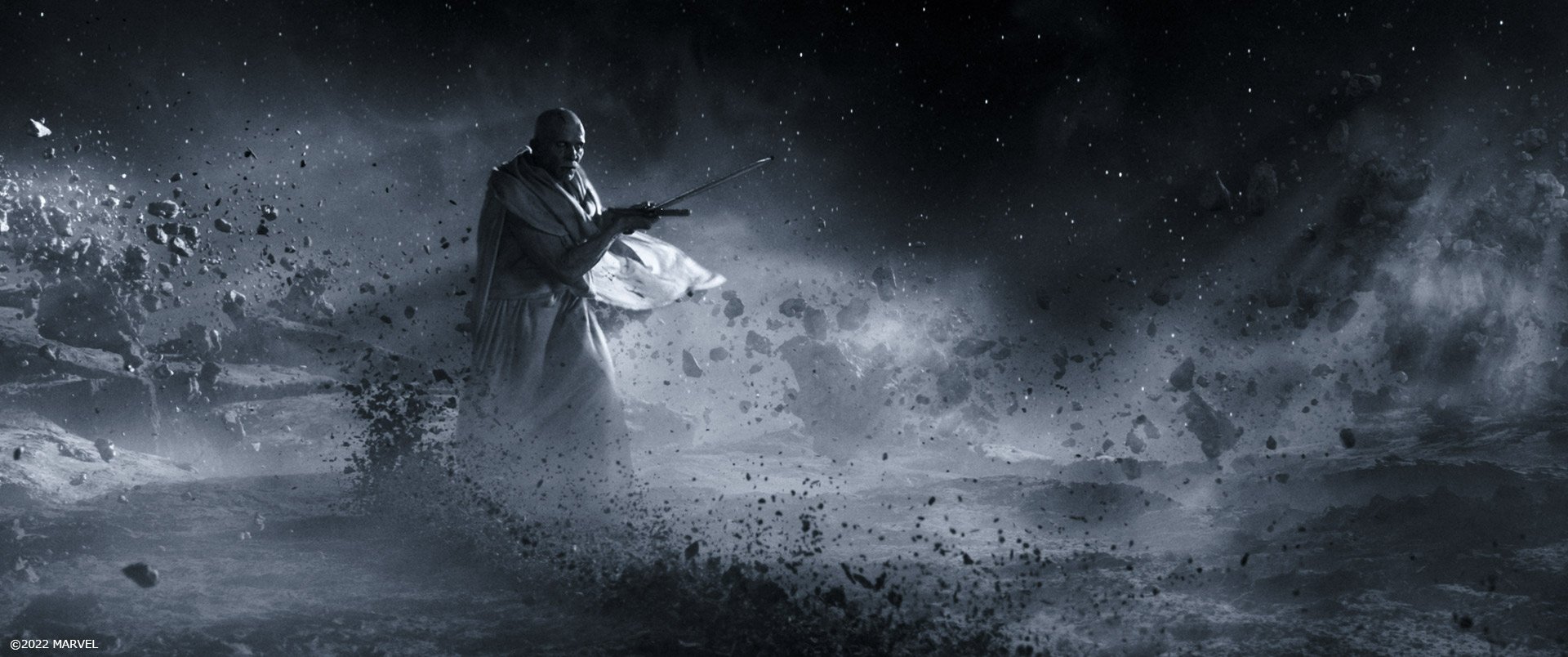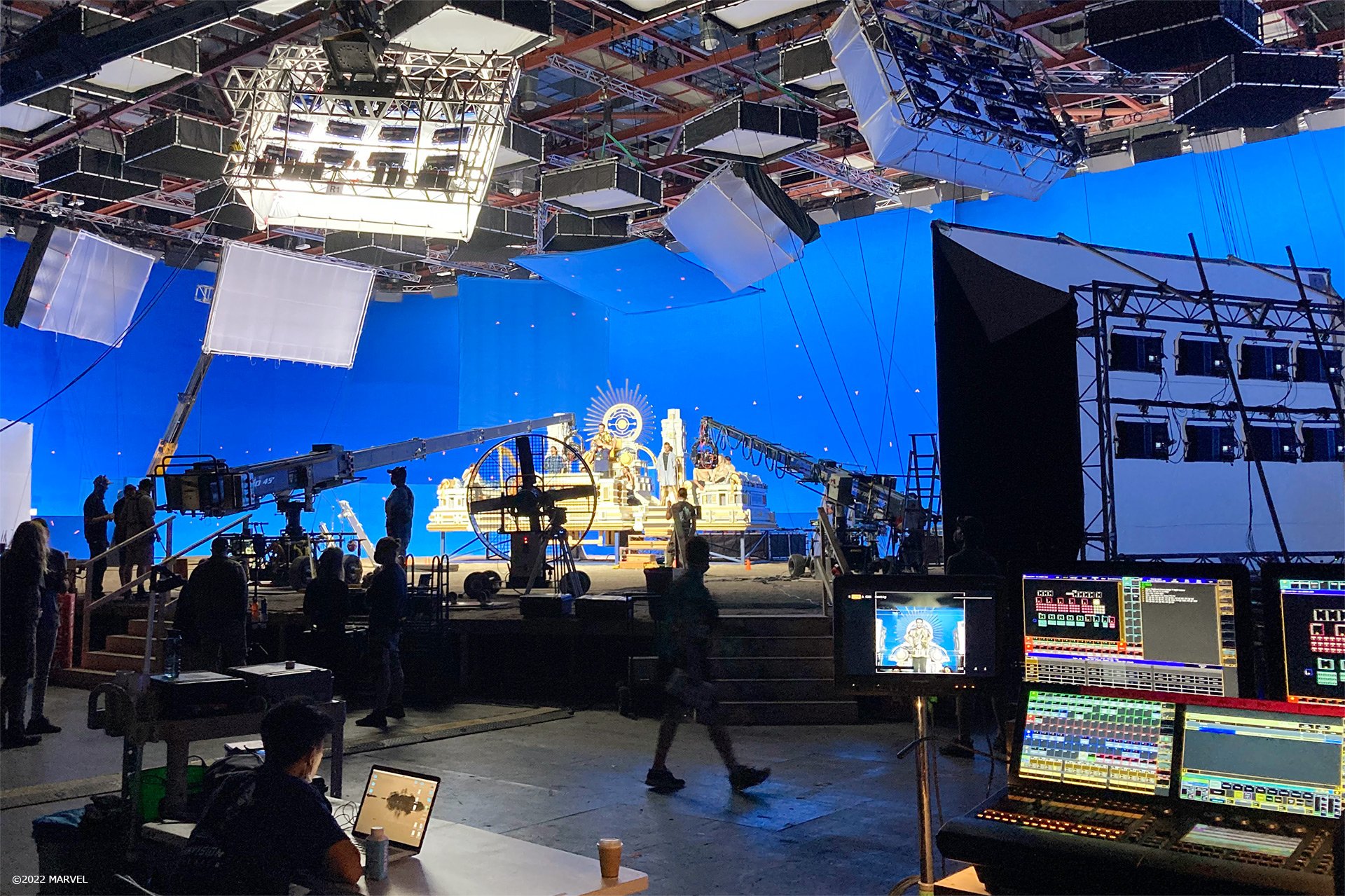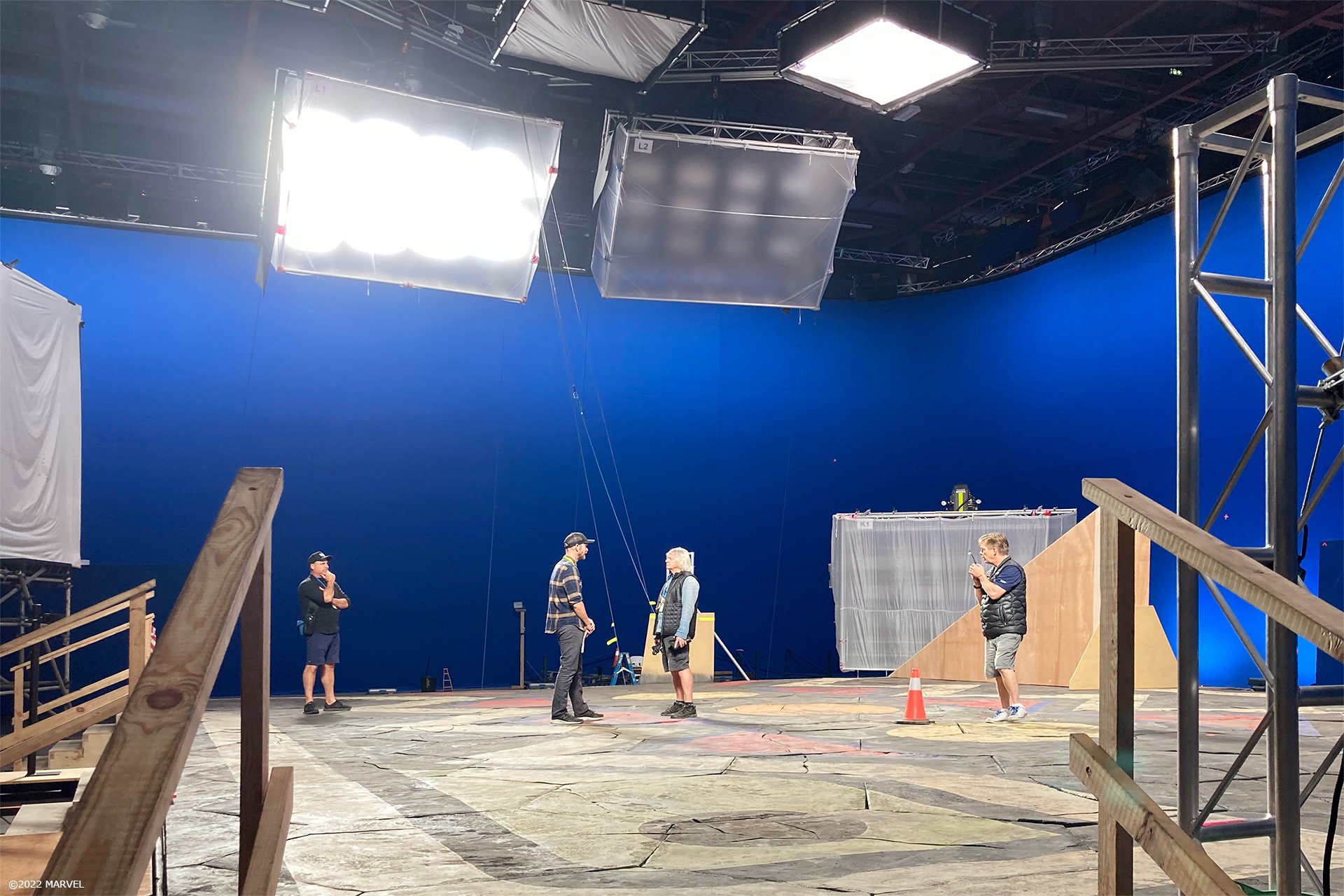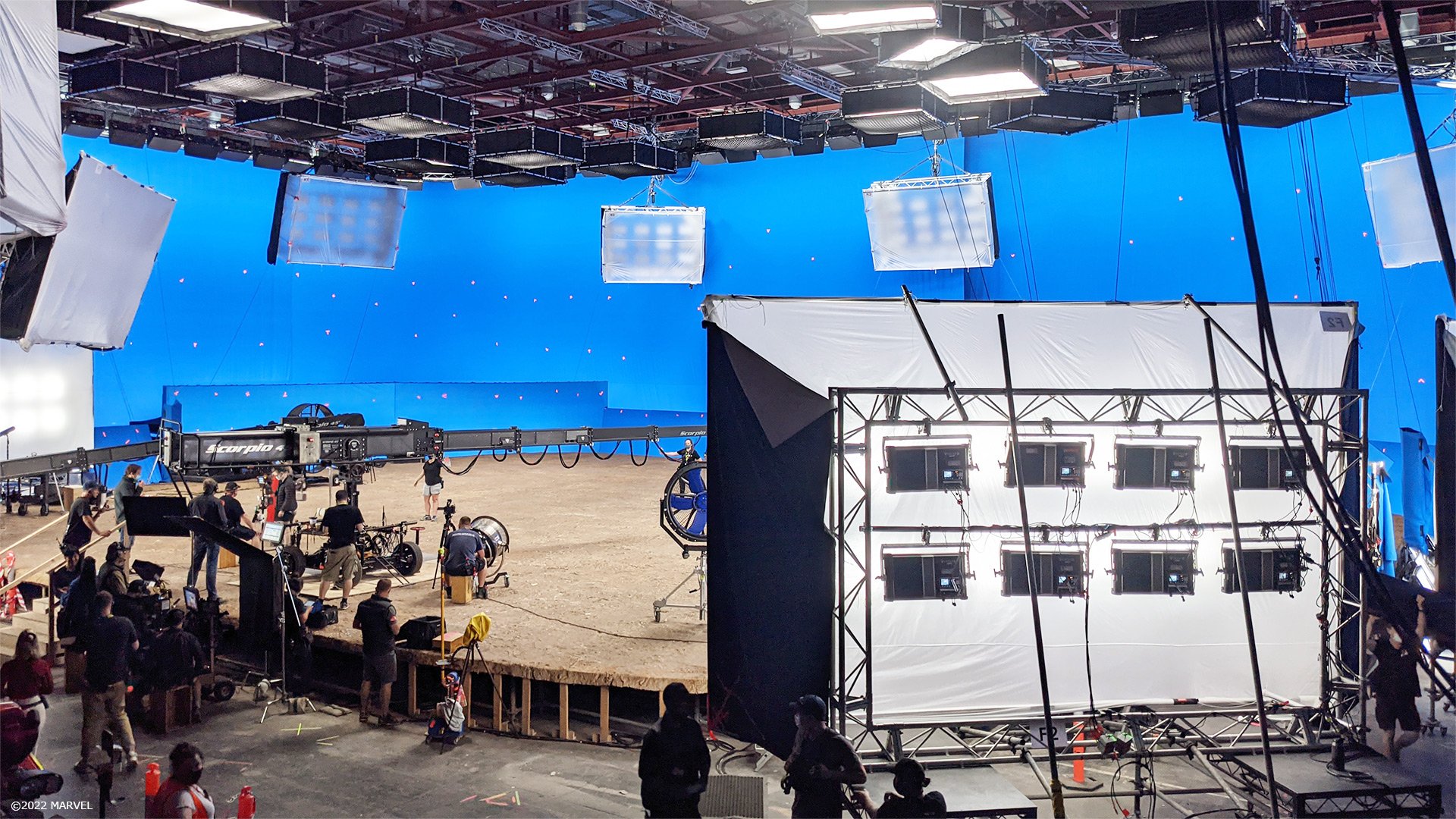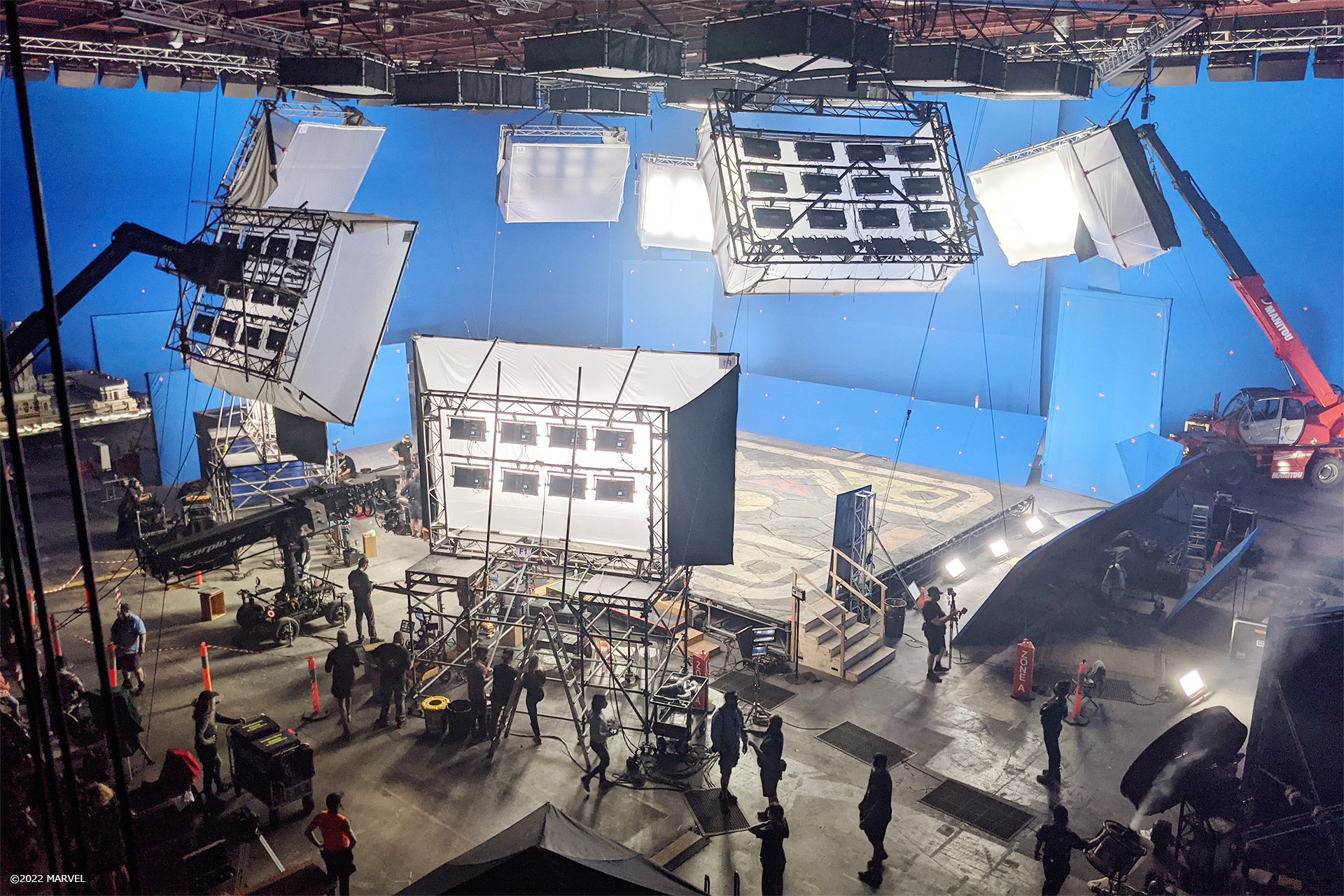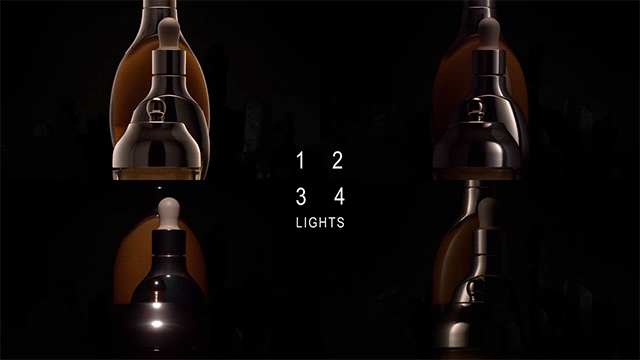Toru has been nominated for a Webby — you can vote here.
New Zealand artists Taika Waititi and Carlo Van de Roer collaborate on 'Toru', a three channel video installation. Inspired by the significance of trinity in the mythologies referenced in the film, themes of light, dark, and knowledge—earth, sea, and sky—and of unity are woven together through the framework of vessels.
Each film operates as a different recollection or interpretation of the same performance. A new filmmaking approach called PlateLight enables the filmmakers to capture the same moment with different lighting conditions as separate pieces of footage. This results in three versions of the same film, presenting a record of the past as photographically accurate, yet fluid and authorable like myth.
PlateLight was developed by Satellite-Lab, an R&D studio co-founded by Carlo Van de Roer and Stuart Rutherford at the New Museum to develop new in-camera based film-making approaches, maintaining the integrity of a real performance and real lighting in the face of a movement towards artificial filmmaking approaches.
Toru draws inspiration from the embrace of art and technology in the Light and Space movement of Southern California where the work was created. The set was designed to present a changeable representation of place through lighting and references to architecture. The project was shot in Los Angeles, not far from where Robert Irwin and James Turrell experimented with the perception of space and material through light.
Toru, 2024 opened at the West Bund Art Center in Shanghai. Created for Cartier with the support of the Maison. In a physical space, the films are presented on three screens as a triptych. Online the work is presented as interactive, enabling the viewer to control the lighting.

